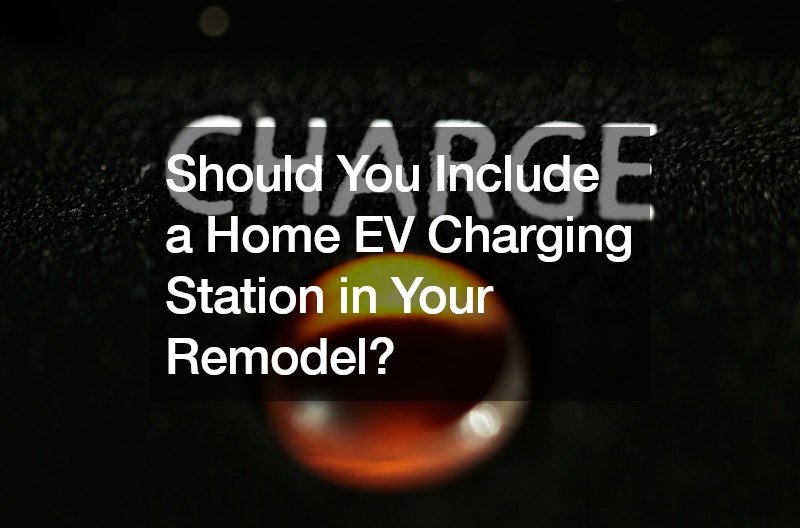As Electric vehicles become increasingly common, homeowners considering an EV need to understand their home EV charging station options. Today, three potential home EV charging station options exist: Level I, Level II, and Level III chargers. However, Level III chargers are intended for commercial application.
They are expensive and have more significant electrical system requirements, so homeowners seldom install a Level III charger.
The primary differences between Level I and Level II charges are the speed at which they charge the vehicle battery, the options available for controlling the charger, the cost of the equipment, and the installation cost, which primarily comes from increasing your home’s amperage.
Level I chargers plug into a standard 120-volt outlet that your vacuum cleaner uses, and the charger comes standard with most cars. The limitation of Level I chargers is that they provide only 2-3 miles of charge per hour so an overnight charge might add 25 miles of range. Level II chargers require a 240-volt outlet, as used by an electric oven, and few home garages have them. These units provide 20-30 miles of range per hour and will fully charge a vehicle overnight. Depending on the options, they cost $500-$1,500 and may require enhancing your home’s electrical service, but they are generally the preferred choice.



